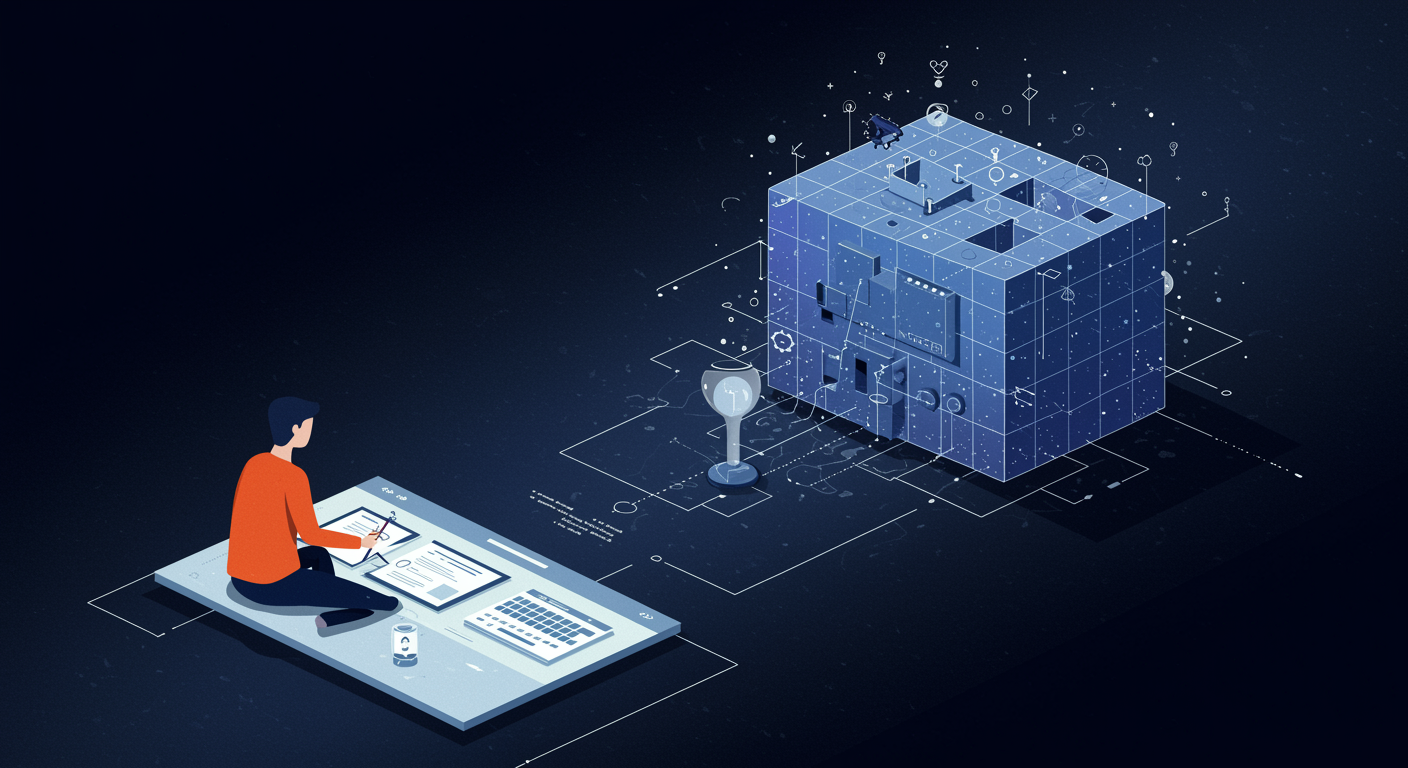
Time flows like an arrow for most of us, always moving forward. The past is gone, the present is fleeting, and the future is yet to arrive. This linear progression feels intuitive, etched into our everyday lives and our biology, from the rhythm of our breathing to the cycle of the seasons. But this intuitive understanding doesn’t align with the deepest layers of reality. From a fundamental science perspective, all moments (past, present, and future) are equally real, laid out like a colossal, unchanging tapestry.
This profound idea is central to what’s often called the block universe theory, or eternalism. It’s a concept that stems directly from some of the most rigorously tested principles in physics, particularly Albert Einstein’s theories of relativity. Instead of time “flowing,” this perspective suggests that all events, from the Big Bang to the farthest future star formation, simply exist as part of a fixed, four-dimensional structure. Our perception of time passing would then be a consequence of how our consciousness navigates this pre-existing reality, not a reflection of reality itself constantly changing.
The roots of the block universe lie in Einstein’s groundbreaking work on space-time. Before relativity, space and time were seen as separate entities. Einstein, however, showed they are intimately woven together into a single, unified fabric. Events don’t just happen in space and in time; they happen in space-time. A critical aspect of special relativity is the “relativity of simultaneity.” This concept means that what one observer perceives as happening “now” is not necessarily what another observer, moving at a different velocity, will perceive as “now.” There is no universal “present” moment. If “now” is relative, then it suggests that all moments are equally valid and, in a sense, already “there.”
Consider an analogy: imagine a book. When you read it, you experience the story page by page, chapter by chapter, in a specific sequence. You might say the events on page 10 haven’t “happened” yet when you’re on page one. However, the entire book, with all its pages, chapters, and events, physically exists from the moment it’s printed. The characters aren’t “created” as you read; they are simply encountered. Similarly, in the block universe, all events are analogous to the pages of this cosmic book. Our consciousness is what “reads” through these pages, creating the illusion of a flowing present, an unchangeable past, and an open future.
This interpretation doesn’t suggest that we are predetermined in a mystical sense; rather, it’s a statement about the nature of time itself as a dimension, much like space. Just as you can move backward and forward in space (like walking down a street), the block universe implies that all points in time (past, present, future) are equally existent within this four-dimensional manifold. Our human discovery of this idea comes from careful mathematical research and repeated experiment confirming the predictions of relativity, such as time dilation and length contraction, which demonstrate the malleability of time and space depending on an observer’s motion.
The block universe challenges our most fundamental assumptions about existence, leading to some profound implications. If the past, present, and future are all equally real, what does that mean for free will? While the theory doesn’t definitively answer philosophical questions, it certainly provides a unique framework for considering them. It suggests that our subjective experience of choice and agency occurs within this fixed reality. Our intricate biological systems, for instance, are designed to function within a sequential timeline, enabling processes from digestion to thought. Yet, the block universe posits that this deeply ingrained biological perception of sequential time is merely how we navigate a fundamentally unchanging landscape of events.
Ultimately, the block universe remains a theoretical interpretation, though one strongly supported by the physics of relativity. It’s a compelling idea that forces us to reconsider time not as a river we’re flowing through, but perhaps as an immense ocean where all drops exist simultaneously. Understanding this concept opens a window into how physicists view reality, suggesting that the most common-sense aspects of our experience might be merely a surface-level perception of a much more complex and static underlying truth.